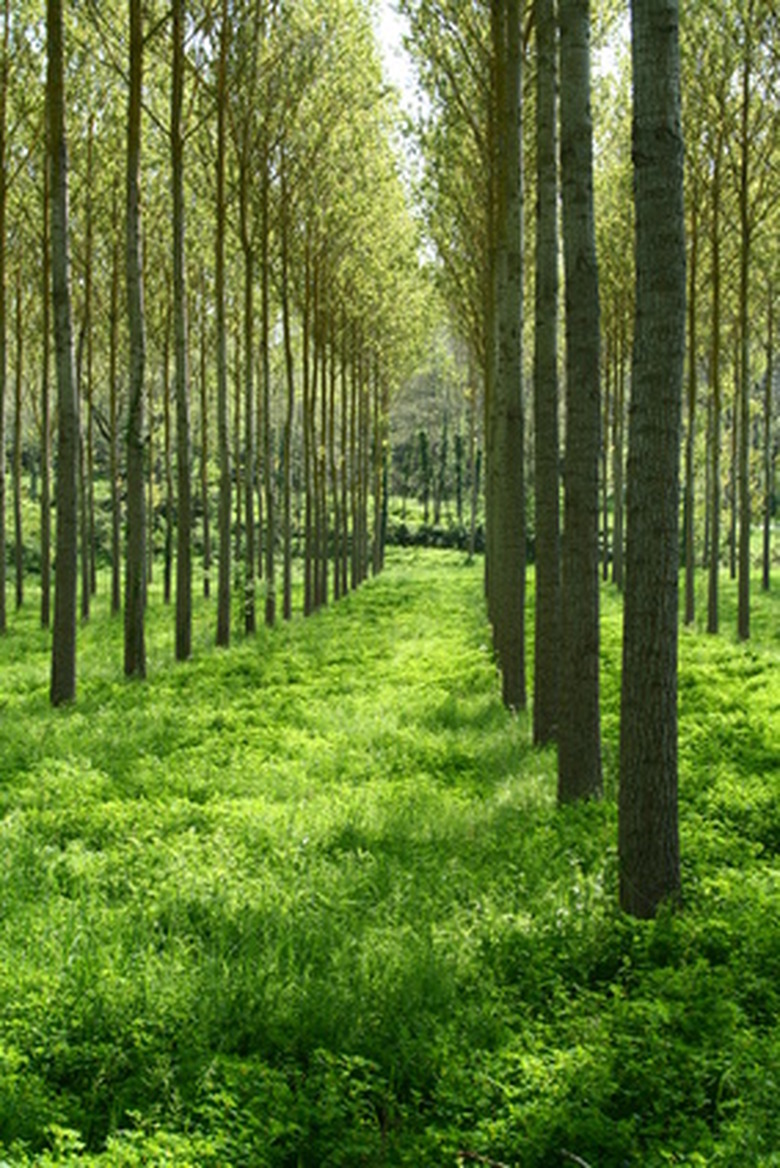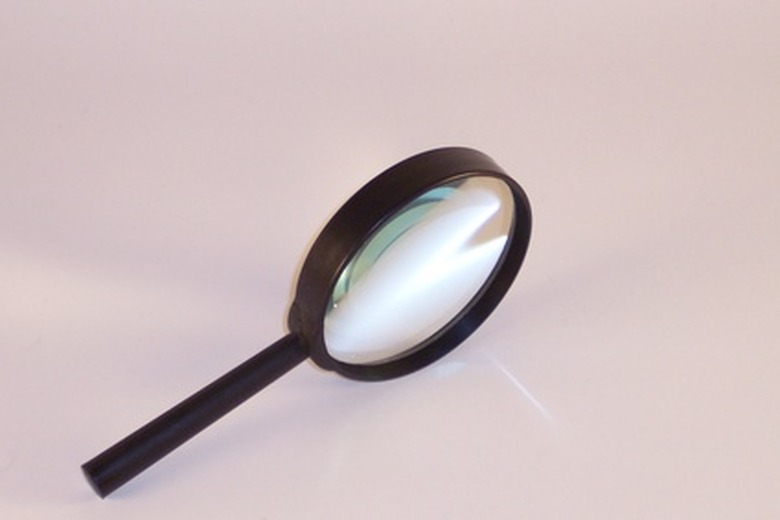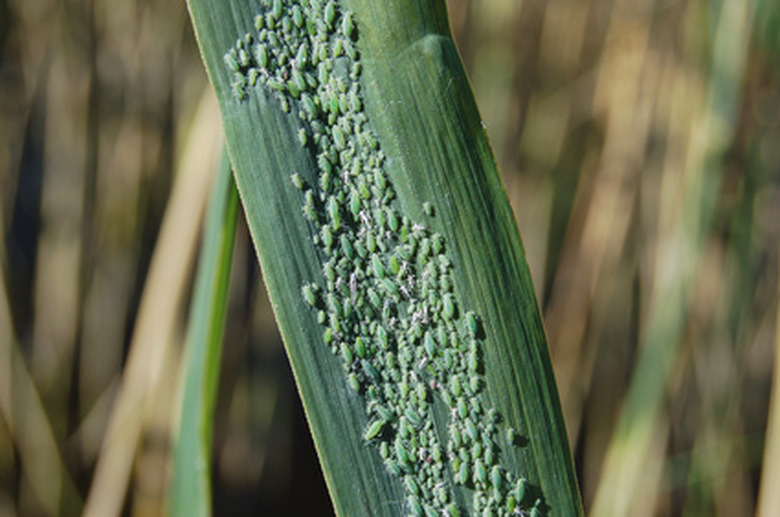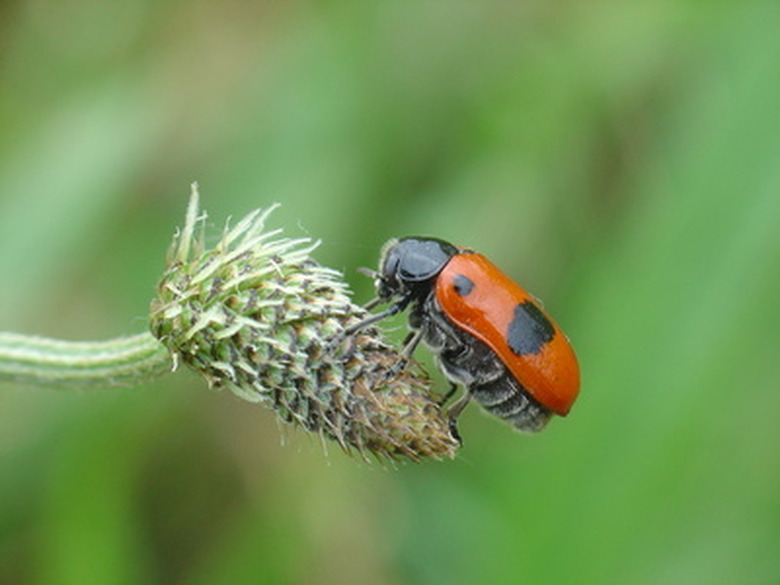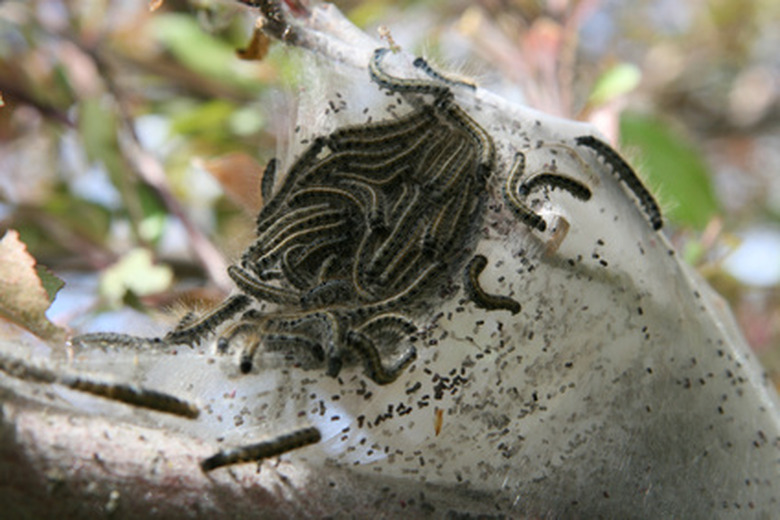How To Identify Insects On A Poplar Tree
Poplar trees belong to the willow family (Populus spp.) and are deciduous trees that can reach 40 to 60 feet in height at maturity. Known as low-maintenance, fast-growing trees, poplars are not without their problems. Many insects can attack your poplar tree, but the most common pests are scale insects, mealybugs and cottony cushion scales, poplar petiole gall aphids, leaf beetles and foliage-feeding caterpillars.
Some insects are more harmful to poplar trees than others, and properly identifying what kind of insects are infesting your poplar tree is the first and most important step to getting rid of the insects.
Step 1
Identify scale insects on your poplar tree by looking for tiny, immobile, wingless nymphs and round or oval-shaped tiny insects with one set of wings. Study the poplar tree's leaves and bark to detect the scales, which have minuscule straw-like mouthparts that enable the insects to feed on the tree's sap and fluids.
- Poplar trees belong to the willow family (Populus spp.)
- Study the poplar tree's leaves and bark to detect the scales, which have minuscule straw-like mouthparts that enable the insects to feed on the tree's sap and fluids.
Step 2
Look for white, cottony masses of eggs covering the trunk, stems and leaves of your poplar tree to identify cottony cushion scales and mealybugs. The larvae are reddish or pale yellow, found on the leaf stems and trunk during the summer, and the insects secrete a sticky liquid onto the tree called honeydew.
Step 3
Study your poplar tree for galls or growths on the leaves that produce winged insects in the summer to spot poplar petiolegall aphids (Pemphigus populitransversus). These aphids lay their eggs on the poplar tree's leaves and twigs. The aphids are small and pear-shaped with long antennae and legs, as well as long tubular growths called "cornicles" that grow from the hind end of the aphid's body.
Step 4
Identify poplar-and-willow borer (Cryptorhynchus lapathi), a type of weevil, infesting your poplar tree by looking for white larvae burrowing into and feeding on the inner bark. Look on the ground around the poplar to find sawdust and study the tree to find holes chewed into the bark and twigs.
- Look for white, cottony masses of eggs covering the trunk, stems and leaves of your poplar tree to identify cottony cushion scales and mealybugs.
- Study your poplar tree for galls or growths on the leaves that produce winged insects in the summer to spot poplar petiolegall aphids (Pemphigus populitransversus).
Step 5
Study your poplar tree's leaves and twigs in the spring to detect leaf beetles (Chrysomela), which chew holes into the leaves and cause them to become discolored. These tiny beetles are usually less than 1/3-inch long, oval-shaped and have threadlike antennae. The female leaf beetles lay yellow eggs on the underside of the poplar tree's leaves.
Step 6
Look for chewed-on leaves that form a lace-like appearance to detect foliage-feeding caterpillars. You may also seed silky, webs for cocoons encasing the leaves and twigs on your poplar tree when the leaf-feeding caterpillars pupate.
Tip
Control adult poplar-and-willow borers, leaf beetles, scale and mealybug larvae, and foliage-feeding caterpillars by spraying your poplar tree with an appropriate insecticide. Kill poplar petiolegall aphids, as well as over-wintering adult scales and mealybugs by spraying your poplar tree with a dormant horticultural oil in late winter.
Warning
Always follow the directions on the label exactly when you're applying insecticides or other chemicals on your poplar tree. Wear gloves and eye protection when you're handling and spraying the insecticides.
